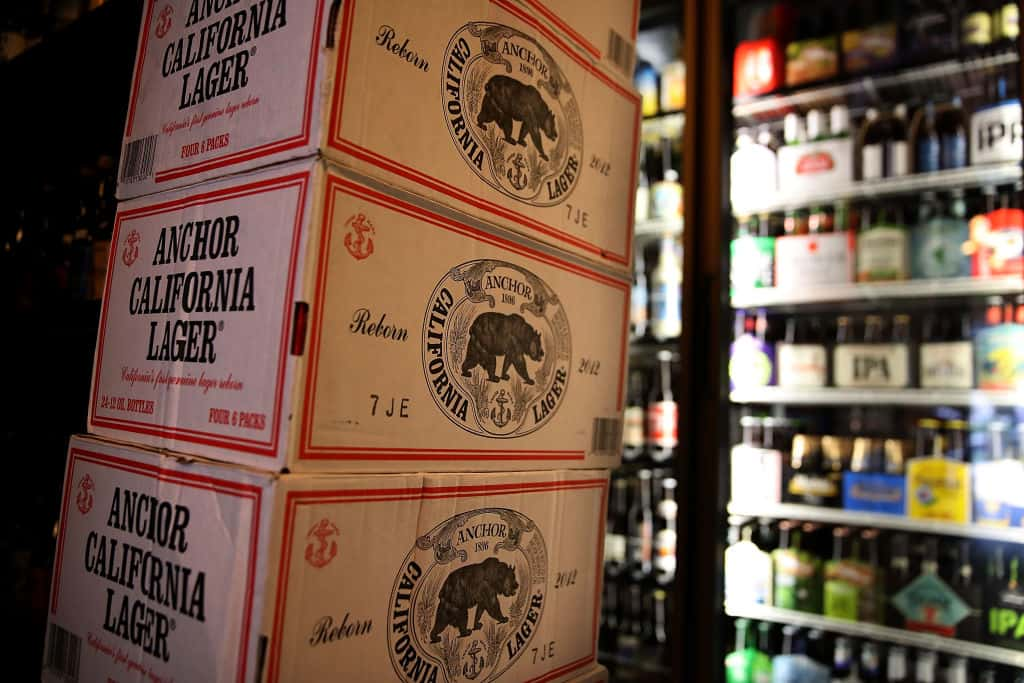The China Market: Navigating The Complexities For Automakers Like BMW And Porsche

Table of Contents
Understanding the Chinese Consumer: Decoding Preferences and Purchasing Power
The Chinese automotive market is far from monolithic. Understanding the nuances of Chinese consumer behavior is paramount for success. Preferences are evolving rapidly, driven by several key factors:
- Technological Advancements: Chinese consumers, particularly the younger generation, highly value cutting-edge technology in their vehicles. Features like advanced driver-assistance systems (ADAS), sophisticated infotainment systems, and electric powertrains are significant purchase drivers.
- Brand Prestige: While price remains a factor, brand reputation and perceived status carry immense weight. Luxury brands like BMW and Porsche benefit from established prestige, but maintaining this image and adapting to evolving perceptions is crucial.
- Environmental Concerns: Growing awareness of environmental issues is influencing buying decisions, boosting demand for electric vehicles (EVs) and hybrids. Meeting increasingly stringent emission standards is vital for market access.
The Chinese market is further segmented by:
- Age: Younger generations prioritize technology and connectivity, while older generations may focus more on reliability and comfort.
- Location: Urban consumers often have different preferences and purchasing power than those in rural areas.
Social media and online reviews exert considerable influence on purchase decisions. Negative reviews can severely damage a brand's reputation, while positive word-of-mouth marketing can significantly boost sales. Understanding and managing online sentiment is crucial for navigating the luxury car market China.
Navigating Regulatory Hurdles and Government Policies
The regulatory environment in China presents significant challenges for automakers. Key aspects include:
- Import Tariffs: High import tariffs make it expensive to import vehicles directly, encouraging joint ventures and local production.
- Emission Standards: Stringent emission standards and government incentives for EVs are pushing automakers to accelerate their electrification strategies. Meeting these China automotive regulations is non-negotiable.
- Safety Regulations: Robust safety regulations necessitate rigorous testing and compliance procedures.
Government policies, including EV mandates and subsidies, significantly influence market dynamics. The Chinese government actively promotes the development of domestic EV brands, creating both opportunities and competitive pressures. Navigating these Chinese government policies requires careful strategic planning and often involves joint ventures China to leverage local expertise and comply with regulations.
Competition and Market Saturation: Standing Out in a Crowded Marketplace
The China automotive competition is intense, with both established international brands and rapidly growing domestic players vying for market share. BMW and Porsche utilize several strategies to differentiate themselves:
- Customized Models: Offering models tailored to specific Chinese preferences, such as longer wheelbases for increased rear passenger space.
- Tailored Marketing Campaigns: Utilizing culturally relevant messaging and channels to connect with Chinese consumers effectively.
The rise of strong local Chinese brands in the luxury segment is a significant factor impacting luxury car competition China. These brands often offer competitive pricing and features, putting pressure on established international players to innovate and adapt. Maintaining market share China requires constant innovation and a deep understanding of local market trends.
Localization and Cultural Adaptation: Tailoring Strategies for Success
China market localization is not merely a translation exercise; it’s a holistic approach encompassing:
- Language: Marketing materials and in-car systems must be available in Mandarin Chinese.
- Design Aesthetics: Design elements should resonate with Chinese cultural preferences.
- Digital Marketing: Utilizing popular Chinese social media platforms and online channels is crucial for reaching target audiences.
Understanding and adapting to Chinese cultural nuances is critical. Successful localization strategies involve building strong relationships with local partners and understanding the importance of guanxi (relationships). Examples of successful localization include BMW's extensive use of digital marketing channels and Porsche's adaptation of its design language to appeal to the Chinese aesthetic sense. These successful examples illustrate the significance of cultural adaptation China and effective marketing strategies China.
Supply Chain and Infrastructure Challenges: Ensuring Smooth Operations
Establishing and maintaining a robust China supply chain management faces unique challenges:
- Logistics: Efficient logistics and transportation networks are essential for timely delivery of parts and vehicles. Automotive logistics China can be complex due to geographical distances and infrastructure limitations.
- Supplier Relationships: Building strong, reliable relationships with local suppliers is vital.
- Infrastructure: China infrastructure is constantly developing, but limitations in certain regions can impact operations.
Mitigating these risks requires careful planning, strategic partnerships, and robust risk management strategies. A well-planned and diversified supply chain is crucial for ensuring efficient operations in the Chinese market.
Conclusion: Mastering the China Market: A Long-Term Strategy
Successfully navigating the China market requires a multifaceted approach. Understanding Chinese consumer behavior, navigating complex regulations, and adapting to local cultural nuances are paramount for success. The China market presents immense opportunities, but it demands a long-term commitment to localization, innovation, and a deep understanding of the market's unique dynamics. For luxury automakers like BMW and Porsche, the China market is not just an important market; it is a crucial component of their global strategy. Further research and strategic planning are essential for luxury automakers aiming to thrive in this competitive landscape. Successfully navigating the China market requires a deep understanding of its unique dynamics.

Featured Posts
-
 Chinas Lpg Market A Case Study In Trade Diversification From Us To Middle East
Apr 24, 2025
Chinas Lpg Market A Case Study In Trade Diversification From Us To Middle East
Apr 24, 2025 -
 Rare Earth Shortages Threaten Teslas Optimus Robot Production Timeline
Apr 24, 2025
Rare Earth Shortages Threaten Teslas Optimus Robot Production Timeline
Apr 24, 2025 -
 Anchor Brewings Closure After 127 Years Impact On The Craft Beer Industry
Apr 24, 2025
Anchor Brewings Closure After 127 Years Impact On The Craft Beer Industry
Apr 24, 2025 -
 V Mware Costs To Skyrocket At And T Details 1 050 Price Hike From Broadcom
Apr 24, 2025
V Mware Costs To Skyrocket At And T Details 1 050 Price Hike From Broadcom
Apr 24, 2025 -
 65 Hudsons Bay Leases Attract Significant Buyer Interest
Apr 24, 2025
65 Hudsons Bay Leases Attract Significant Buyer Interest
Apr 24, 2025
